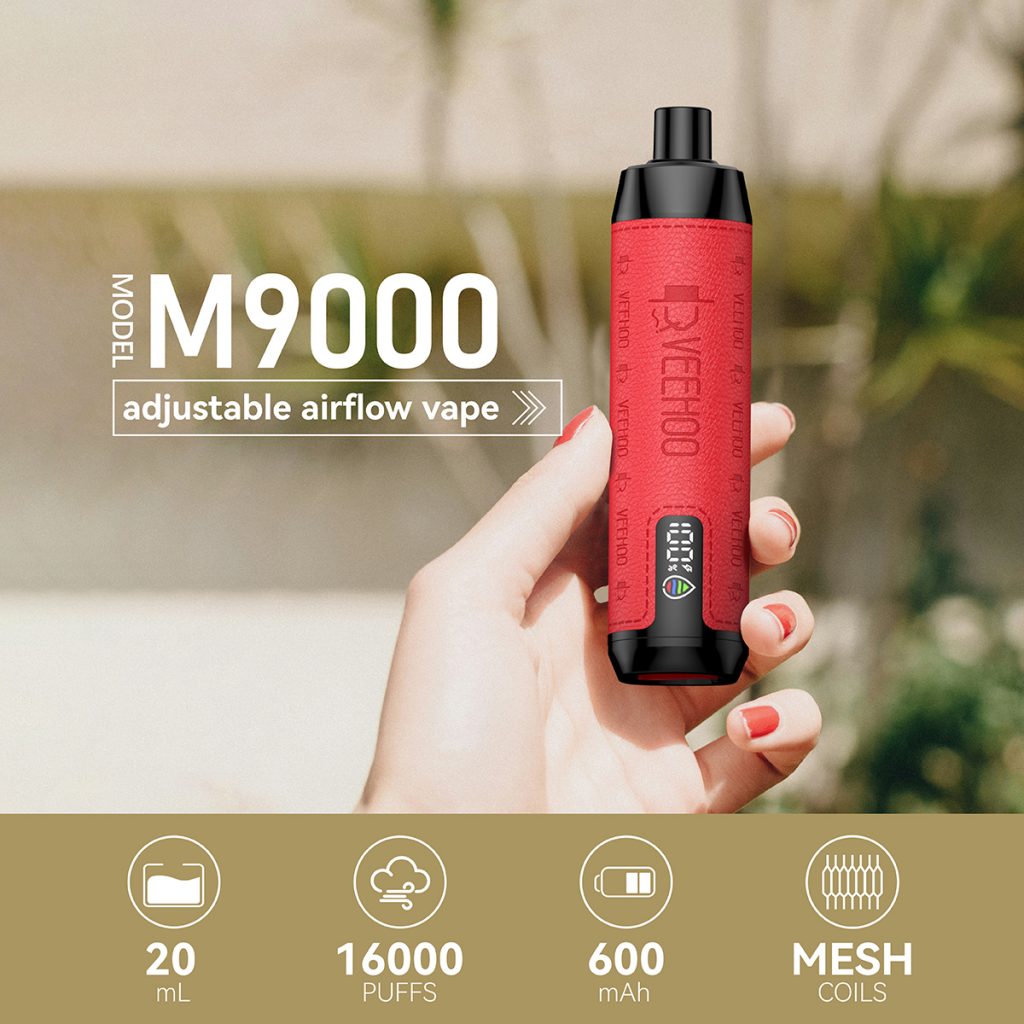The Australian federal government recently announced it will roll out the “Vaping Prevention Program,” developed by the OurFutures Institute, across secondary schools nationwide. The results of the program were published in the world’s leading medical journal, The Lancet Public Health. The study showed that students who participated in the program for one year were significantly less likely to use e-cigarettes than those who did not, reducing their likelihood of vaping by 65%. Upon release, this data immediately garnered significant attention from national and international media and public health communities.
The program, designed by a team at the University of Sydney’s Matilda Centre and fully funded by the Australian Government’s Department of Health and Ageing, was implemented nationwide. The intervention study employed a cluster-randomized controlled design and was conducted in 40 secondary schools in New South Wales, Western Australia, and Queensland, Australia, enrolling over 5,000 seventh and eighth grade students. The program will run for twelve months (beginning in early 2023), culminating in a one-year follow-up with a key finding: students participating in the program were 65 percent less likely to have used e-cigarettes in the previous twelve months than those in the standard health education group.
The education, primarily delivered through interactive online learning, consists of four sessions incorporating visual storytelling, mini-games, and quizzes, making it both engaging and effective in helping students strengthen their ability to resist the temptations of e-cigarettes. The study also found that students participating in the program scored higher on tests of their knowledge of the dangers of e-cigarettes and traditional tobacco, demonstrating significant improvement and retention at the end of the program, six months later, and twelve months later. Students and teachers have given the program extremely high praise, with over 80 percent of students believing that the knowledge they learned will help them cope with temptation in the future, and nearly 90 percent of teachers positively evaluating its effectiveness.

This achievement has swiftly garnered federal government support, with Australian Health Minister Mark Butler declaring the program a key national strategy for addressing youth e-cigarette use. The government plans to expand the education program to all high schools, and elementary and secondary schools are now open to enrolling, providing a practical tool for combating nicotine addiction among young people. He also criticized Big Tobacco for using e-cigarette sales as a means of recruiting minors into nicotine addiction under the guise of helping them quit smoking.
The current context is that e-cigarette use among Australian youth has rapidly increased in recent years. In 2019, the usage rate among 14-17 year-olds was approximately 9.6%, and by 2023, it had climbed to nearly 28%. At the same time, the proportion of youth who had “never used e-cigarettes” also reached a new high of 85%, indicating that more young people are refusing to try them during preventive interventions. The government has also implemented other supporting policies, such as banning the sale of disposable e-cigarettes, restricting the purchase of nicotine e-cigarettes without a prescription, and strengthening law enforcement to combat illegal e-cigarette imports and retail.
School teachers have long considered student e-cigarette use a major problem. According to a survey conducted by the Generation Vape Project, a collaboration between Cancer Council NSW and the University of Sydney, nearly 90% of teachers are either concerned or very concerned about this issue, and more than a quarter of them report seeing students vaping multiple times a week in school. Educators generally believe that greater coordination is needed between the government, schools, and the community to jointly address this health crisis, providing clear policies and educational support. These circumstances also created the public opinion and practical foundation for the government to fully implement the educational programs included in The Lancet.
In this context, while public health is focusing on preventing youth vaping, this doesn’t mean all e-cigarette brands are being rejected. As a manufacturer of closed pods or disposable devices, the Veehoo e-cigarette brand’s unique design and compliance features can also highlight its advantages in the transition scenario for legal adult smokers.

The Veehoo brand primarily promotes closed-system devices—pods cannot be refilled, but rather come pre-filled with nicotine solution. From a safety perspective, these devices are less likely to be used by minors to illegally mix new e-liquids, reducing the risk of abuse. The brand strictly adheres to relevant regulations regarding packaging, labeling, nicotine content, and health warning symbols. It also has a strict retail age limit (only adults 18 and older) and prohibits sales to minors. Furthermore, its container capacity and nicotine concentration are within the upper limits of government regulations, demonstrating a high level of compliance.
From a product perspective, VEEHOO devices are typically attractively packaged, easy to use, offer a wide selection of flavors that resemble the taste of traditional cigarettes, and offer a smooth and stable draw. These design features, while complying with legal regulations, have earned the approval of existing adult smokers. For those who wish to quit but cannot completely, VEEHOO offers a relatively manageable alternative and can be considered a harm reduction measure.
Considering Australia’s current policy approach, it is conceivable that if adults obtain sealed, disposable, or pre-filled pod e-cigarettes through legal channels, with strict age restrictions and health warnings and transparent information, the risk of black market products or illegal additives could be reduced. Furthermore, these devices lack the DIY or liquid-mixing features that attract youth, making them more suitable for adult transitions within the “e-cigarettes” awareness framework actively promoted by educational programs.
Leveraging the social impact of the Lancet study and government education programs, brands like VEEHOO may find a niche within this regulatory landscape if they proactively collaborate with education and public health institutions to promote knowledge about the dangers of nicotine, support teachers and students in understanding the risks of e-cigarettes, and encourage adults to use products through legal channels with smoking cessation counseling or under the guidance of a doctor.

In summary, the Australian government-funded OurFutures Vaping Prevention education program achieved significant results, with student participants experiencing a 65% decrease in e-cigarette use after one year. This is one of the few educational intervention studies globally to utilize a randomized controlled trial design and be published in a reputable journal. This finding not only provides scientific evidence for Australia’s efforts to curb the prevalence of youth e-cigarettes, but also promotes coordinated federal legislation and policy action, strengthening collaborative prevention and control mechanisms among schools, communities, and law enforcement agencies.
With public health as the driving force, enclosed devices like VEEHOO e-cigarettes offer relative safety and compliance advantages in legal adult vaping settings. If brands can strengthen self-regulation through education and promotion, age-restricted sales, and health warnings, and actively participate in public health dialogue, they can demonstrate their positive aspects within the overall framework of preventing and controlling youth e-cigarette use. Collaboration between companies, governments, and educational institutions can safeguard the public interest while also providing legal and controlled space for brands to develop.
Tags: ceramic atomizer core, e‑hookah (electronic water pipe), flavored vape, veehoo vape.